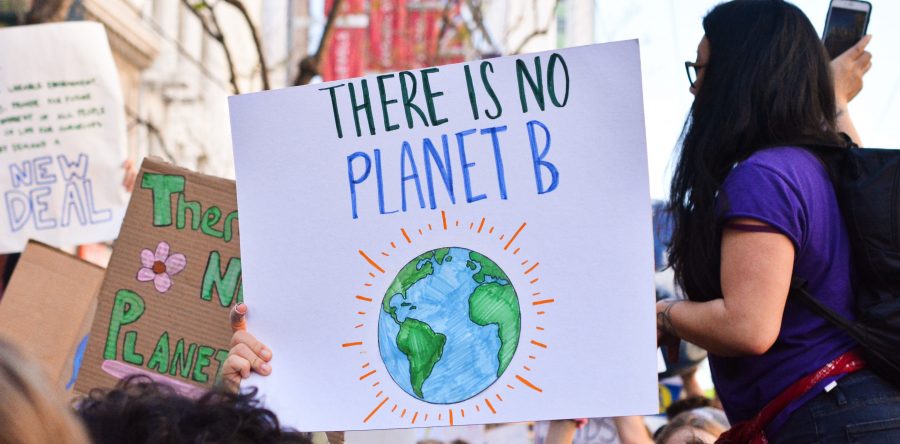Bill Gates gets that there is no real plan to address climate change. He made this point in the face of a tsunami of recent official declarations and street-level demonstrations bemoaning the worsening “climate crisis.” Four years after the adoption of the Paris Climate Agreement, atmospheric carbon emissions continue to grow and environmental conditions are worsening.
In the meantime, the presidents and protestors made their points at the U.N. Climate Action Summit in New York and then retreated back to their comfort zones after committing to little concrete new action.
Gates makes several important points, the core message of which is that energy demand is growing, innovation is lagging, and fossil fuels remain tempting.
In Gates view, the future is “about energy intensity” and the realization that there is no “one path” forward to driving energy generation to a zero-emission level. In fact, ramping up dependence on zero-emission electricity may require an electric sector that its “almost three times bigger than it is today…[requiring] mind-blowing investments.”
Gates outlined what a real plan to address the climate challenge would look like. First, it means looking at electricity generation, which now is roughly one-third of the carbon emission problem. He’s also focused on “transport, industry, buildings, and land use/agriculture.” He considers the underinvestment in energy R&D budgets a major inhibitor of innovation.
Not surprisingly, given his investment in TerraPower and previous comments, Gates noted that if “you don’t have nuclear and if you don’t have a storage miracle” for renewable energy sources, “it’s very, very hard” to address the climate challenge.
But he is skeptical about the future of next generation nuclear power because of underinvestment, public fears, and erratic government policy. In fact, he came to Washington earlier this year to convince the Congress to make a billion-plus dollar investment in advanced nuclear reactors that he and others could match. Congress failed to act on this proposal despite the fact that a U.S. national security decision prohibiting U.S. companies from cooperating with China on these technologies necessitates the creation of an acceptable alternative location for development and demonstration.
Gates estimates that the chance of technological success for these reactors is roughly 70% and the chance of public acceptance 40%, providing a “28 percent likely[hood]” of success. As far as funding, he notes that significantly more investment is required to drive the next generation of nuclear power. He laments that “you can’t afford not to do it, but the world is crazy.”
Part of that madness is the level of unpreparedness of both small modular and advanced reactor (SM&AR) exporters and purchasers to actually deploy and operate these new reactors.
One action that multiple governments should take now is to support a SM&AR Coordination and Resource Center. This can provide support for both sides of the purchase, strengthen the systems and structures required for safe and secure reactor operation, and streamline the path to deployment. The initial structure and content for this center can be developed in 18 months. Then it can be refined and expanded over the next 1-2 years. This would allow for the technology to mature in tandem with the necessary regulatory, governance, clean energy evolutions.
The U.N. meeting in New York was another reminder that the world does not have a real plan for addressing climate change. Global governments seem to be unwilling to acknowledge the trends that will continue to impact this challenge and are reluctant to make the innovation investments that are necessary to keep pace with accumulating carbon in the atmosphere. Bill Gates gets this reality and is offering ideas to reverse it. Leaders would listen to his plan.
Ken Luongo, President, Partnership for Global Security


